The long hunting season for hare and fox contribute to the breed's popularity.
Many hunters consider the Finnish Hound to be the world's best hound breed at the moment.
The height at the withers of a male Finnish Hound is 55–61 cm, 52–58 cm for bitches. It has a three-coloured double coat that is quite smooth. Its structure is of even height, with length clearly exceeding height. It is strong, but not heavily built. It has a calm and friendly temperament. At home, the Finnish Hound barks and guards only a little or not at all. It is more suited to serve as a hunting dog than a companion because of its very powerful hunting instinct.
King of the Hounds is chosen annually
The annual main event for working Finnish Hounds is the Kilpa championship. The inaugural Kilpa event took place in 1937 and, since then, it has been arranged every year apart from the war period. The three best Finnish Hounds from each kennel district's championships are chosen for a division qualification trial. There are four divisions, out of which the three best competitors gain entry to Kilpa. The previous year's overall champion gains entry to Kilpa by default. The winner of the final trial is crowned King of the Hounds (Ajokuningas).
Hunting dog with a natural basic structure
The hare hunting trial results of Finnish Hounds are used to calculate a breeding value prediction, the BLUP index, for hunting characteristics. The index depicts the dog's genetic standard for a desired characteristic. Its calculation takes account of all the results achieved by the dog's relatives and corrections are made to adjust for factors, such as the weather during a trial and the dog's age, that affect results. The BLUP index sets a breed's mean value at 100. A rating below 100 is weaker than the breed average and a higher rating is better.
The basic structure of the Finnish Hound is quite natural for a hunting dog and the breed is thus free of problems associated with structural peculiarities. The monitoring of hereditary defects and illnesses is nevertheless necessary to prevent any proliferation of undesirable tendencies in the breed population. One illness that afflicts the breed is cerebellar ataxia. A genetic test has been developed for this condition and it is used to prevent the birth of sick pups by avoiding the pairing of two individuals that carry the ataxia gene. A carrier can be paired with a dog that has an ataxia-normal genetic makeup. The breed suffers from heart disease (cardiomyopathy), lymphoma, black hair follicular dysplasia and atopic dermatitis. These diseases are the subject of university research, which is conducted in cooperation with the breed club. There is also some occurrence of hip dysplasia, which can be monitored with the aid of a hip index. The aim is that the hip index average of the dam and sire exceeds 100 in the majority of pairings.
First breed standard in 1893
The systematic development of the Finnish Hound breed can be said to have begun when hunting enthusiasts established Suomen Kennelklubi, a precursor of the Finnish Kennel Club, in 1889. One of their first objectives was the development of a hound-type breed for Finnish conditions. As the breeds introduced to our country from abroad, primarily Russia, Sweden and England, did not meet the requirements of the Finnish hunting community, a group of active hunters began to search the existing Finnish dog population for individuals with the best hunting traits. The aim was to breed a native hound-type dog from them.
Three dogs were selected from the first dog show arranged by Suomen Kennelklubi in 1891, and eight more were added the next year. The first breed characteristics were determined on the basis of these dogs in 1893. Reddish brown was confirmed as the dog's approved colour. The colour did not fully stabilize, however, because the black mantle tendency was so powerful. This forced the organisation to accept a three-coloured specification in the early 20th century. The present breed standard dates, for the most part, back to 1932.
Breed club for the Finnish Hound: Suomen Ajokoirajärjestö – Finska Stövarklubben ry
Breed standard of the Finnish Hound
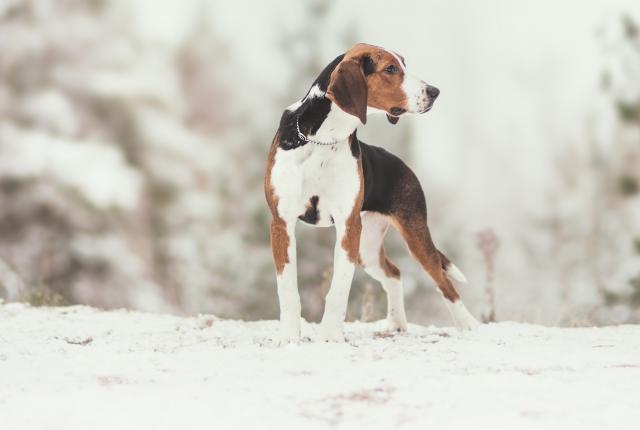
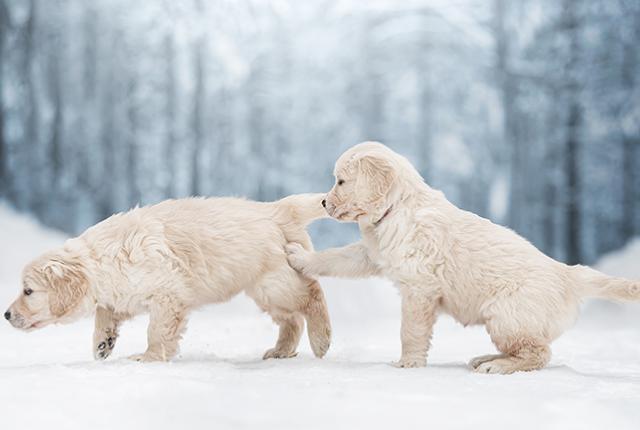
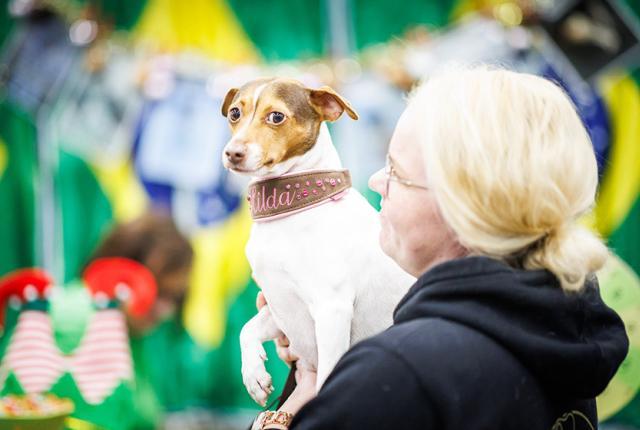
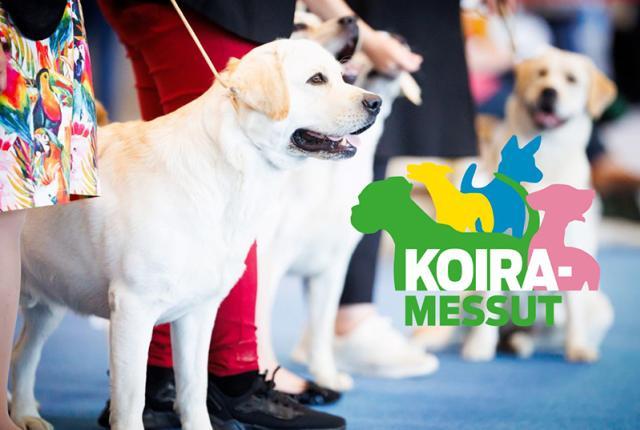
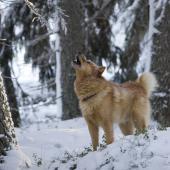
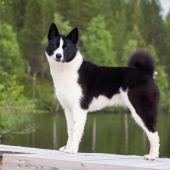
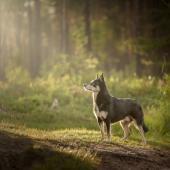
 Hau-Hau Champion
Hau-Hau Champion Agria
Agria